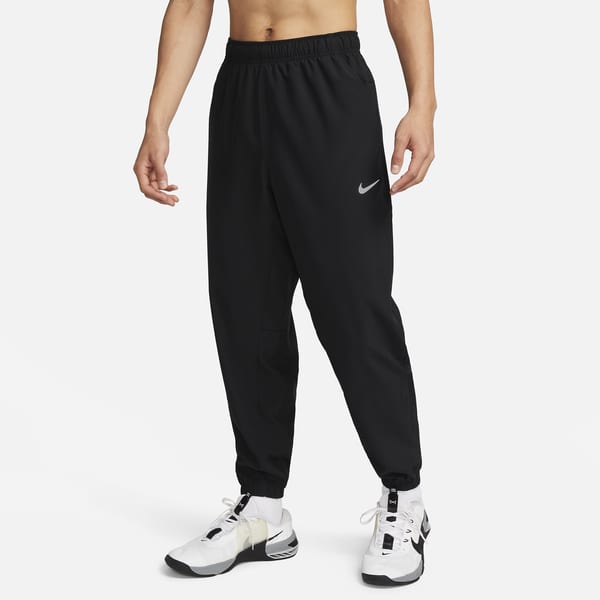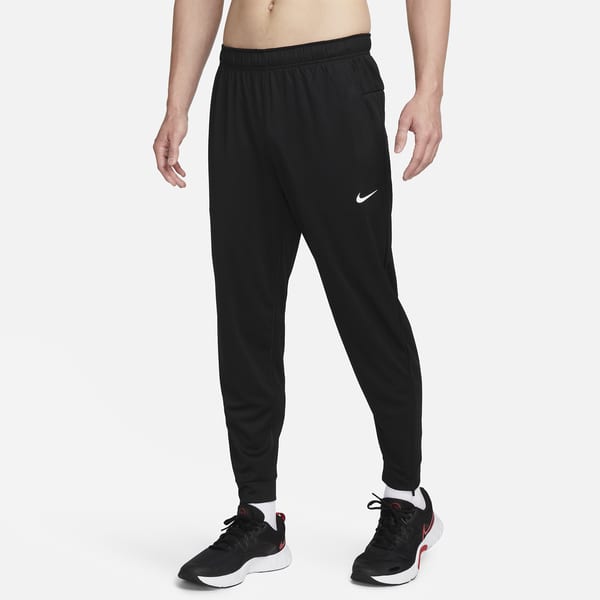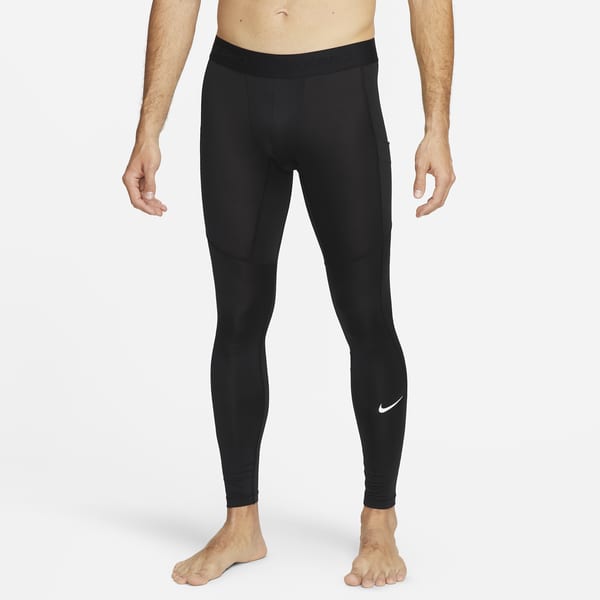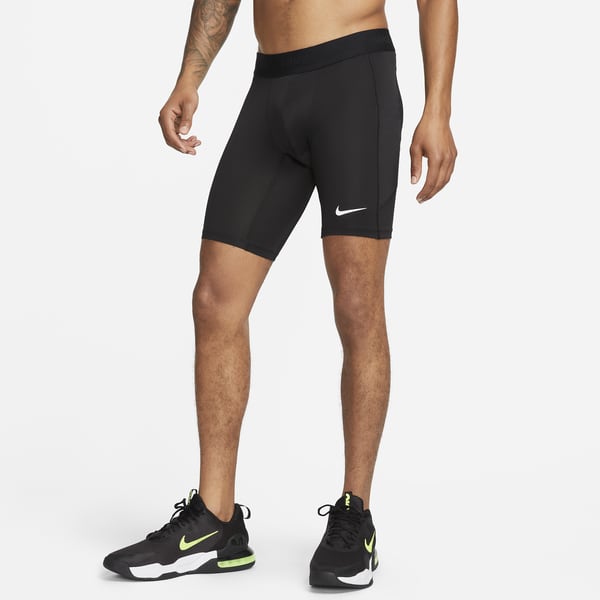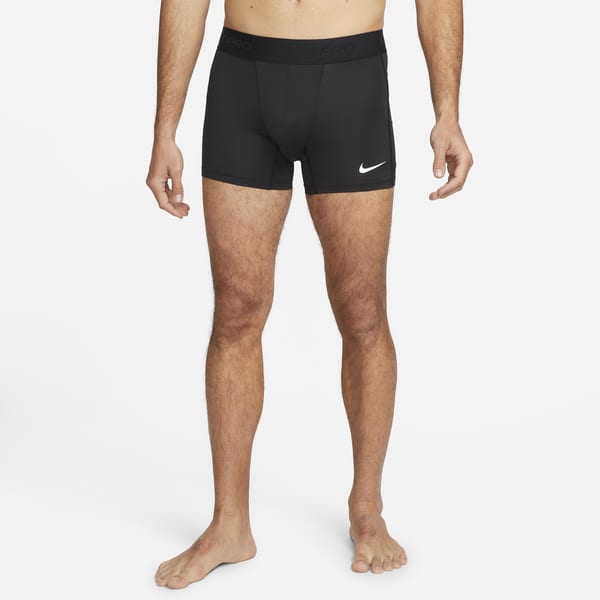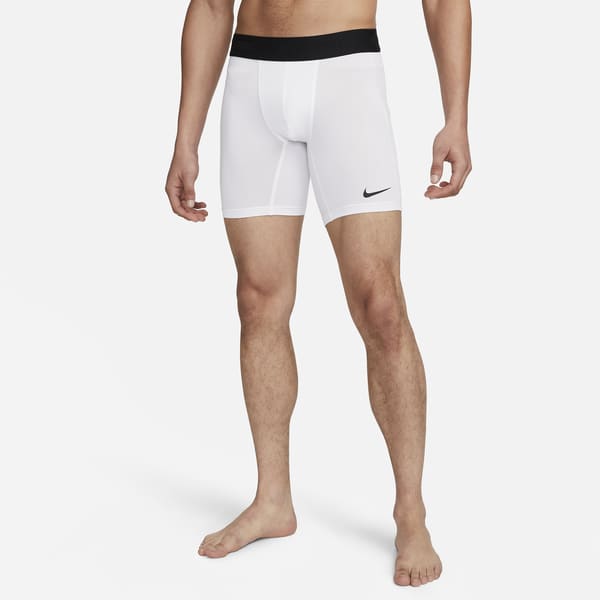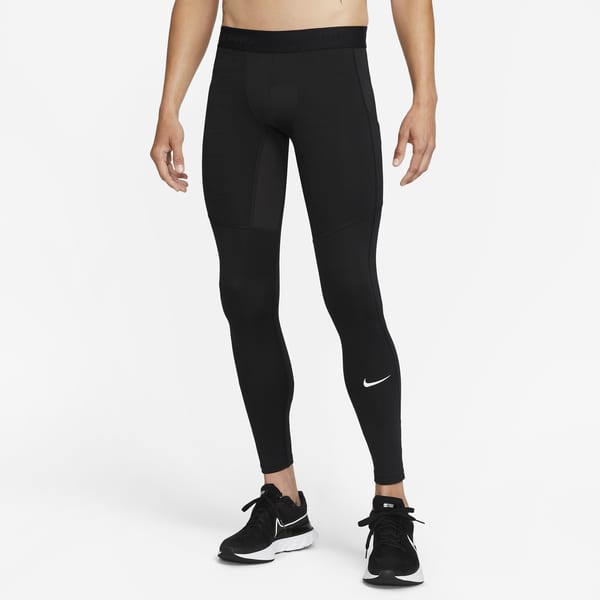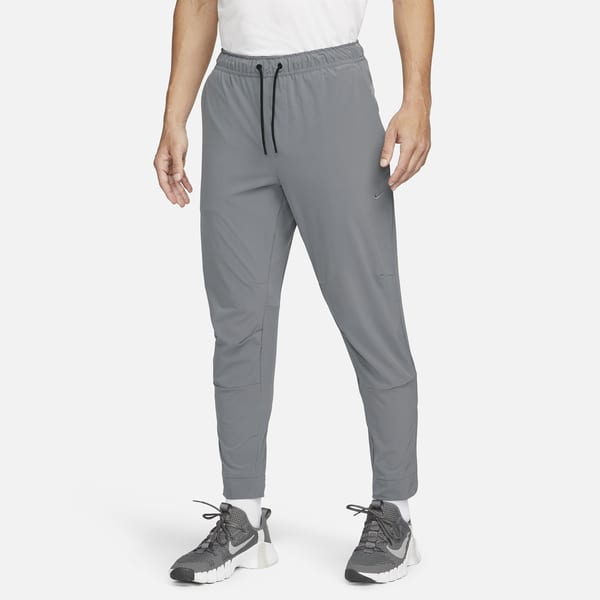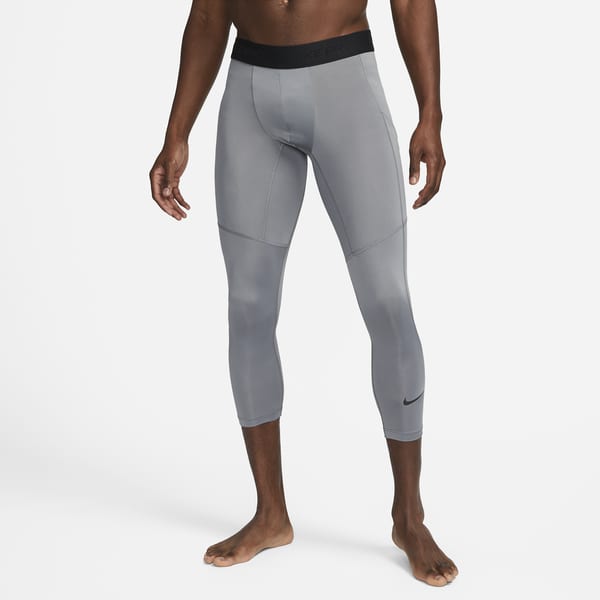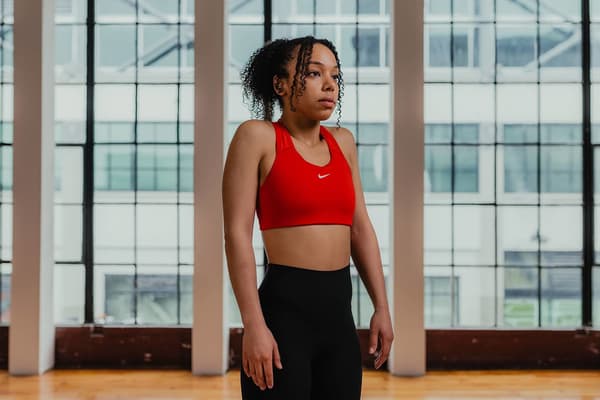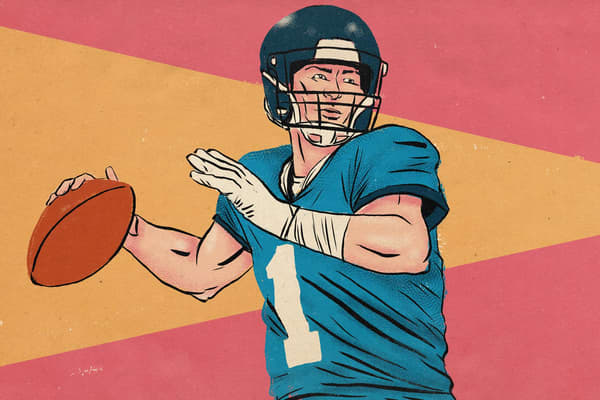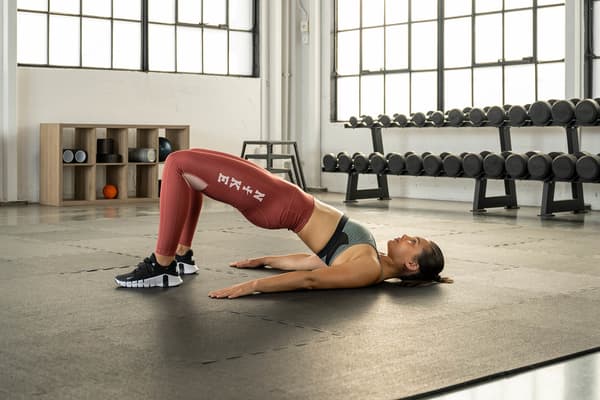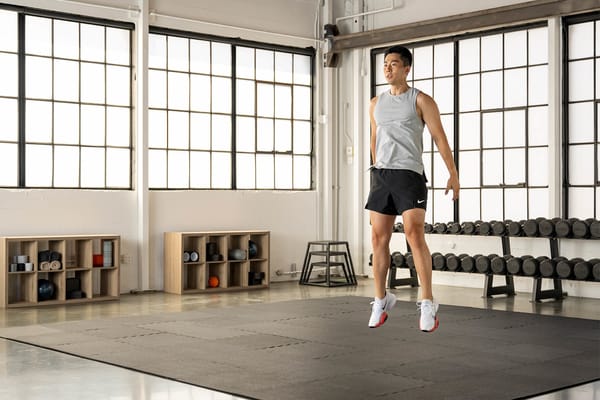A Beginner's Guide to American Football Positions
Sport & Activity
Looking for a breakdown of all 22 players on the football field? Check out this guide to learn the basics of American football positions.

In American football, every player on the field has a distinct role and specialised set of skills. For example, the quarterback is (usually) the only one to throw the ball. Receivers catch it; offensive linemen don't. All these positions have to work together in order for the intricate plays designed by the coaches to work.
"Everyone has to be doing their job and everything has to be in sync", said Craig Karahuta, vice president for American football and cheer operations at American Youth Football. "Eleven people [on each team] have to do their jobs at all times. There is no 'most important' player on the field. That's why, as far as I'm concerned, American football is the ultimate team sport".
If you're not familiar with the game, understanding all the critical positions in American football can be confusing. Don't worry: if you're new to the game, this guide is for you.
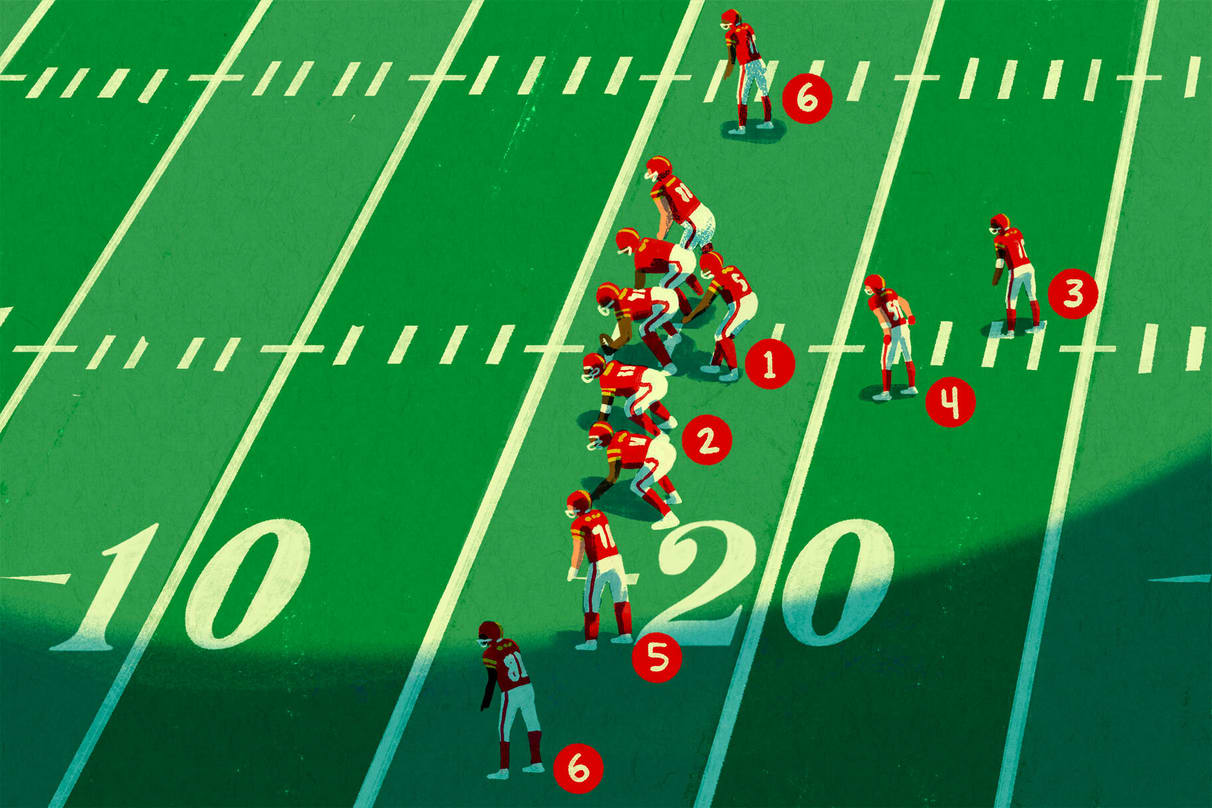
What Are the Offensive Positions in Football?
There are 11 players on the field for the offence, working together on running and passing plays to move the ball towards the other team's end zone. Once in that end zone, the team can hopefully score a touchdown or settle for a field goal, the two primary ways to score in American football. Those 11 offensive players can come from these groups of positions:

1.Quarterback (QB)
On most plays, the quarterback gets the ball from the centre and controls the play. The QB might hand the ball off to a running back on a rushing play, or they might pass it to a running back, tight end or wide receiver on a passing play. The QB might even run the ball. But being a good quarterback is about more than just being able to throw good passes, said Karahuta.
"The quarterback has to know everybody's position on the field. The lineman just needs to know to block here and a receiver knows to run here. But the quarterback has to know everything", he said. "There's a big responsibility to see the whole field and know the whole field, not just play your own position".
The QB must know where all those players are in order to know where the receivers will be before throwing a pass. And when the pass isn't caught—or if it's intercepted by the defensive team—the quarterback needs another important skill: quick mental recovery.
"He has to come back from making mistakes and recover from that", said Roman Oben, a former US National Football League (NFL) offensive tackle and the NFL's vice president for American football development.
Quarterbacks need to quickly make that recovery and respond positively, Oben said, because they need to lead the team before the next play in the huddle, where the team discusses the upcoming play.
"A QB has to set the tone for what everyone else has to do. So, the quarterback has to be, to some degree, a coach on the field", Oben added.
2.Offensive Linemen
With some offensive positions, the number of each player type on the field can vary. There can be one, two or even five wide receivers on the field, but there must always be five offensive linemen. From the quarterback's point of view, those five are: the left tackle, left guard, centre, right guard and right tackle.
The centre is the most important member of the offensive line, said Oben.
"Every single play, the centre touches the ball", he said. That isn't true for any other position on the field. When a play starts, the centre snaps the ball, handing it or tossing it between his legs to the quarterback or another player. This starts the play.
The centre is often the captain of the offensive line, said Andy Ryland, senior manager of education and training for USA Football.
"[The centre is] responsible for a lot of the communication and inter-play play calling", he said. What that means is that when the team gets ready for a play to start, the centre may look at the defence and make adjustments to the way the line will block (in other words, which of the other team's players to stop from tackling the quarterback or running back).
After the centre snaps the ball, the offensive line is usually not allowed to touch the ball again, unless a pass is tipped or the ball is fumbled (Note: a "fumble" is when a player carrying the ball drops it). Instead, the linemen either act as bulldozers, pushing the defence out of the way on a running play, or protectors, forming a circle—or "pocket"—around the quarterback to keep the defence away from him, said Ryland.
"[Offensive linemen] are the ultimate teammates", Ryland said, because their job is to make their teammates succeed. By blocking the defence, the offensive line makes it possible for the running back to gain metres or the quarterback to make a touchdown pass.
3.Running Back
The running back's primary job is to take the ball from the quarterback and run with it on rushing plays. Running backs also block for the quarterback on some passing plays and may run out to catch a pass. They're fast players who are powerful enough to shrug off linebackers who try to tackle them, but running backs need more than just speed.
"Vision is very important", Karahuta said. When running backs get the ball, they don't just run forwards. They need to identify the best place to run and be agile enough to get there. "A play might be supposed to go [in one place,] but it's jammed up. They have to be able to stop suddenly to make the right move [somewhere else]".
Running backs usually line up at the back of the offence, which is why they're sometimes called the "tailback". Offences usually have one running back on the field at a time. If there are five receivers on the field, there will be zero running backs. And sometimes there might be two.
4.Fullback
A fullback is another kind of running back—a kind of a mix between an offensive lineman and a running back. They usually line up behind the quarterback and in front of the tailback and are often tasked with blocking for the running back, who is typically the primary ball carrier. For this reason, fullbacks are sometimes called "blocking backs". They are allowed to carry the ball, though and sometimes do.
If they're not all the way back, then why are they called a "fullback", you might wonder? Ryland said the name has been kept from the earlier days of American football. In fact, it actually goes back before football. "Fullback" is a name for a position in rugby, the game's predecessor.
Many offences do not use a fullback very often in the modern, more pass-focused game, instead, they swap in another receiver.
5.Tight End (TE)
The tight end usually lines up right next to the offensive line—that's the "tight" part. These players are usually bigger than wide receivers but smaller than offensive linemen and their job is a hybrid of the two.
The tight end combines "the strength, power and blocking ability of an offensive lineman with the pass-catching and running abilities of a wide receiver", said Ryland. "They have to run-block like an offensive lineman. They'll also have to get out in space and block like a wide receiver. They'll have to pass protect like an offensive lineman. But they also have to run routes, catch and run with the ball".
Tight ends, Ryland said, are like a middle-of-the-road character you might create in a video game. They are pretty good at everything and don't have any glaring weaknesses. They can block (but not as well as an offensive lineman can) and can run and catch (but not as well as a wide receiver can).
6.Wide Receiver (WR)
Wide receivers line up at or near the line of scrimmage (the line where the ball is before the play), outside of the offensive line and the tight end. Being on the edges is the "wide" part of their position's name.
While they can be used to carry the ball like a running back and may have some responsibility to block on running plays, wide receivers are known for catching passes. They're skilled at plucking passes out of the air, jumping to catch the ball and using their sticky gloves to grab the ball with one hand. They are usually the fastest players on the offence and they often run predetermined routes on each play, so the quarterback knows where to throw the ball.
Wide receivers also have another special skill, Ryland said: deception.
Great receivers "can make the opponents think I'm doing one thing before I do the other thing, not give away my intentions and then lean one way and go back to the other", he said. By doing this, these receivers can trick the players who are defending them, giving the receiver more room to catch the ball and run with it after the catch. Some receivers even wear face shields over their eyes, which can keep the defender from seeing where they're looking for the ball.

What Are the Defensive Positions in American Football?
The 11 players on the field for the defence want to stop the other team's offence from moving the ball or scoring a touchdown. They try to tackle the player who has the ball, knock down passes or even catch the pass themselves (a play called an interception). The defence plays these positions.

1.Defensive Linemen
The defensive linemen tend to be the bigger players who start the play at the line of scrimmage, which is the imaginary line where the ball is placed before the play starts. There are normally three or four defensive linemen on the field and they tend to put one or both hands on the ground before the play.
Unlike on the offensive line, where the outside players are the tackle, the defensive linemen in the middle are called defensive tackles (DTs). When there is only one defensive tackle, that player is sometimes called a "nose tackle", because they start over the nose of the ball.
The defensive linemen on the outside are called defensive ends (DEs). In the past, these linemen were tasked with getting past the offensive line to stop a running back, put pressure the QB to throw sooner than they want to or tackle the quarterback—a play called a "sack".
But in the modern game, Oben said, defensive linemen need to do even more. They might need to drop back into coverage to stop a receiver, get their hands up to block a pass or even cover receivers who are near the line of scrimmage all the way to the sideline. With all these responsibilities, defensive linemen today need to be more athletic than ever before.
2.Linebacker (LB)
Linebackers play behind the defensive line. If the defence has three defensive linemen, there are usually four linebackers. If there are four defensive linemen, there are usually three linebackers. Linebackers are usually smaller and faster than defensive linemen.
In the past, linebackers were responsible for stopping a running back who had run through a hole in the defensive line, tackling receivers on a short or medium pass and running at the quarterback to try to pressure them to throw or to sack them.
But like many other positions, Ryland said, linebackers have more roles now than they did in the past, as the game has become more pass-focused. Modern linebackers need to be able to cover speedy tight ends and even some wide receivers.
Linebackers also have important communication roles on many defences, Oben said. The middle linebacker, specifically, is often "the quarterback of the defence" he said.
That means that the middle linebacker may be responsible for looking at the offence before the play, predicting what they think will happen and telling the other defenders what to do on the upcoming play.
3.Cornerback (CB)
Cornerbacks and safeties are called the "defensive backfield" or "defensive backs" because they play at the back of the defence. Cornerbacks are lined up on the outside of the defence and are usually tasked with covering the offence's best receivers.
"A corner is usually assigned a man or an area", said Karahuta. When he's covering a player, the cornerback will shadow the offensive receiver to try to keep them from catching the ball by batting it down or just getting in the way of the ball. When covering an area, the corner defends any player or pass that comes into that area. Cornerbacks are usually faster than safeties and tend to be better at covering receivers.
Sometimes, you'll hear a defensive back called a "nickel back" or a "dime back". When a defence has five defensive backs on the field at once—by having one less linebacker or defensive lineman—the fifth defensive back is called a "nickel back". This can be a cornerback or a safety and is often done when the offence has more receivers on the field or when the offence has further to go and is more likely to pass. If there are six defensive backs on the field, the sixth is called a "dime back".
4.Safety (S)
Safeties are the last line of defence. They usually play all the way at the back of the defence and are responsible for making sure no offensive player gets past everyone else on the defence. Safeties are usually not as fast as cornerbacks, Karahuta said, but they're often better at reading and patrolling larger areas of the field.
There are usually two safeties. One is called the "strong safety" and the other is the "free safety". The strong safety would be on the "strong" run side of the offensive formation, which is where a tight end is lined up.
The strong safety used to be known more for supporting the run defence and coming closer to the line of scrimmage, while the free safety was known more for pass coverage and the back of the defence. But there's less difference between the two in the modern game, Ryland said. Both safeties are usually skilled at both jobs.

What Are the Special Teams' Positions in Football?
Kick-offs, extra point tries (PATs), field goals and punts—and defending all four—aren't done by the offence or the defence. These special plays are done by units called "special teams".

1.Kicker (K)
Kickers kick the ball off the ground on a kick-off, field goal and point after touchdown (PAT), also called the "extra point".
2.Punter (P)
On fourth down, an offence sometimes won't try to get the first down, because if they fail, the other team will get the ball right where the offence was stopped. Instead, the coach may call on the punter. This player can punt the ball to the other team, hanging it high in the air to try to keep the opposing team further away from the end zone.
Some punters also hold the ball for the kicker on field goals and they may kick off after a safety, when the rules allow the kick-off to be a punt.
3.Kick Returner (KR)
When the kicker boots a kick-off, the kick returner catches it and runs towards the opposing team's end zone. These players are usually speedy and are often also wide receivers or defensive backs.
4.Punt Returner (PR)
When the punter punts to the opposing team, the punt returner catches it. This player may call for a "fair catch", which means that they will not return the ball because the other team's special teams are going to tackle them straight away.
The PR may also choose to return it; like a kick returner, the PR runs towards the other team's end zone. Just as with kick returners, punt returners are fast and are often also wide receivers or defensive backs.
5.Long Snapper
The long snapper is a special kind of centre who snaps the ball on punts and kicks. They snap the ball between their legs to the punter on a punt or to the player holding the ball for the kicker on field goals and PATs.
Words by Greg Presto
